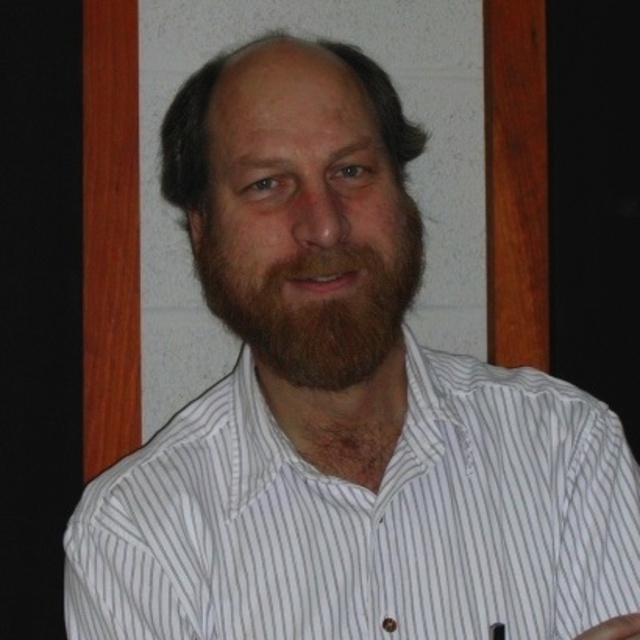June
2000
•
2000ApJ...536..266M
Authors
•
Mould, Jeremy R.
•
Ridgewell, Alex
•
Gallagher, John S., III
•
Bessell, Michael S.
•
Keller, Stefan
•
Calzetti, Daniela
•
Clarke, John T.
•
Trauger, John T.
•
Grillmair, Carl
•
Ballester, Gilda E.
•
Burrows, Christopher J.
•
Krist, John
•
Crisp, David
•
Evans, Robin
•
Griffiths, Richard
•
Hester, J. Jeff
•
Hoessel, John G.
•
Holtzman, Jon A.
•
Scowen, Paul A.
•
Stapelfeldt, Karl R.
•
Sahai, Ragvendra
•
Watson, Alan
•
Meadows, Vicki
Abstract
•
The inner part of the northeast middle radio lobe of the radio galaxy Centaurus A is the site of complex interactions. This area contains a large H I cloud as well as filaments of ionized gas and associated blue knots, several of which exist along the northeastern edge of the radio-emitting zones. We observed the filaments and blue knots with the Hubble Space Telescope using WFPC2, and the ionized gas from the ground. Our sensitive, high angular resolution WFPC2 images reveal the presence of young stars, many concentrated in what appear to be OB associations, superimposed on a background sheet of older stars that is typical of the Cen A halo. The ages of the OB associations are estimated to be less than 15 Myr from a comparison of color-magnitude diagrams with those for the Large Magellanic Cloud star cluster NGC 2004, and younger stellar groups may be nearer regions of Hα emission. We discuss our data in the context of models for star formation stimulated by interactions between the radio jet and gas cloud. Based on observations made with the NASA/ESA Hubble Space Telescope, obtained at the Space Telescope Science Institute, which is operated by the Association of Universities for Research in Astronomy, Inc., under NASA contract NAS 5-26555.
Links




